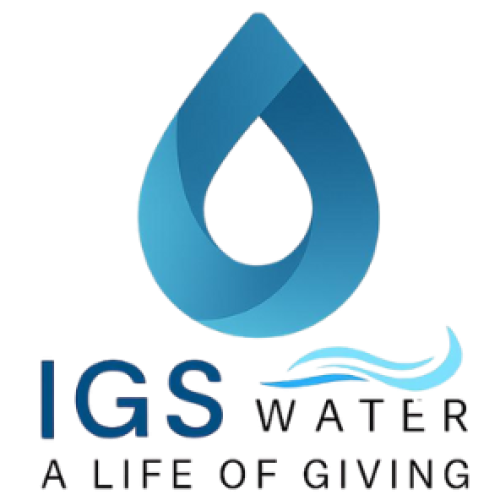Water is something we see and use every day — in our homes, farms, and industries — yet it remains one of the most complex and extraordinary substances on Earth. At IGS Water, our mission goes beyond providing advanced solutions like nanobubble generators and pond aeration systems. We aim to help people understand water better — how it behaves, what affects its quality, and why managing it wisely is essential for our planet’s future.
Here are five fascinating facts about water that highlight just how remarkable it truly is.
1. Water Can Store More Oxygen Than You Think
Most people believe that only air can hold oxygen effectively, but water has its own oxygen-carrying capacity — and it’s vital for all aquatic life. The amount of dissolved oxygen (DO) in water determines how healthy an ecosystem is. Fish, shrimp, and beneficial bacteria all depend on it. What’s fascinating is that nanobubble technology can dramatically increase dissolved oxygen levels — even keeping it stable for days. This makes nanobubbles a powerful solution for aquaculture, irrigation, and wastewater systems that rely on oxygen balance.
2. Water Never Truly Disappears
Every drop of water on Earth today has been here for billions of years. The water we drink might have once passed through rivers, oceans, clouds, or even the air you breathe. Through the natural water cycle, water continuously evaporates, condenses, and returns to Earth — endlessly reused by nature. This incredible recycling system reminds us that every drop counts, and technologies that help preserve and clean water play a critical role in sustainability.
3. Stagnant Water Can Change Faster Than You Realize
It only takes a few days for stagnant water to lose its oxygen and start producing foul odors or harmful gases. Without proper circulation or aeration, ponds and tanks quickly turn into anaerobic zones, where harmful bacteria thrive. That’s why systems like IGS Water’s Pond Aeration System (Destratification System) are essential — they recirculate and oxygenate the water, preventing stratification and keeping aquatic environments balanced and odor-free.
4. Tiny Bubbles, Big Impact
Here’s a mind-blowing insight: one milliliter of water can contain over 100 million nanobubbles. Despite their size, they create a massive surface area for oxygen transfer. Because nanobubbles stay suspended longer than regular bubbles, they continuously enrich the water, enhance clarity, and promote the breakdown of organic waste. This “micro oxygenation” process improves water quality naturally, without relying on harsh chemicals or high-energy equipment.
5. Water Quality Affects Everything — Even Energy Use
Water that’s poorly managed doesn’t just harm ecosystems — it also increases energy consumption. Pumps and filters work harder when dealing with low-quality or oxygen-deprived water. By improving oxygen levels and reducing sludge, nanobubble systems help equipment run more efficiently, cutting down on both maintenance and energy costs. In other words, improving water quality is not only good for the environment — it’s also good for your bottom line.
The Takeaway
Water may look simple, but it’s full of hidden complexity and life. Every property — from its oxygen content to its clarity — affects the ecosystems, industries, and communities that rely on it. At IGS Water, we’re passionate about harnessing technology to work with water, not against it. Whether through nanobubble generation, pond aeration, or smart water monitoring, our goal is to help you achieve cleaner, healthier, and more sustainable water systems.

